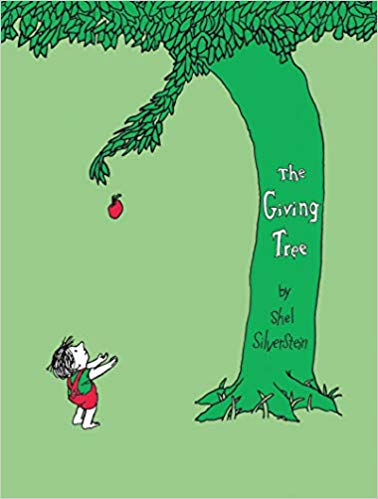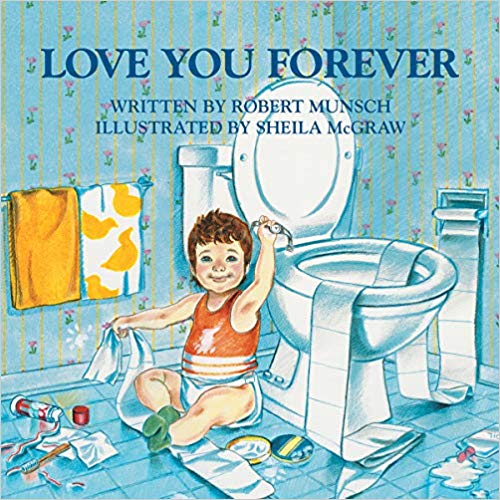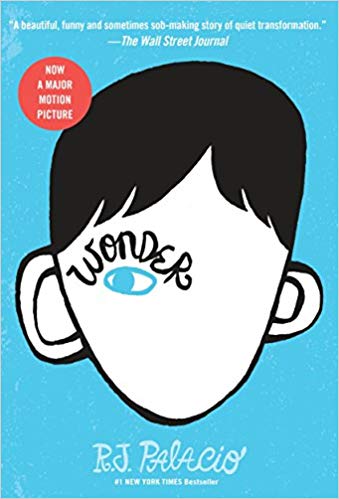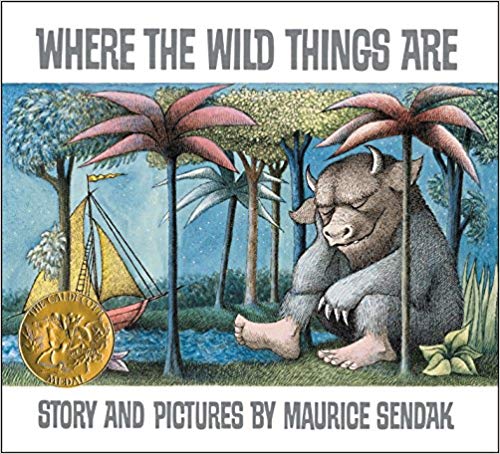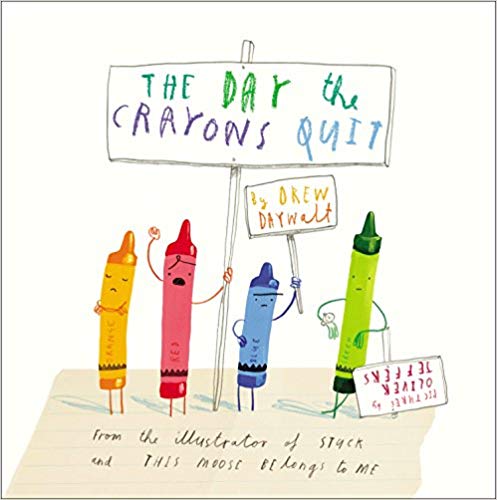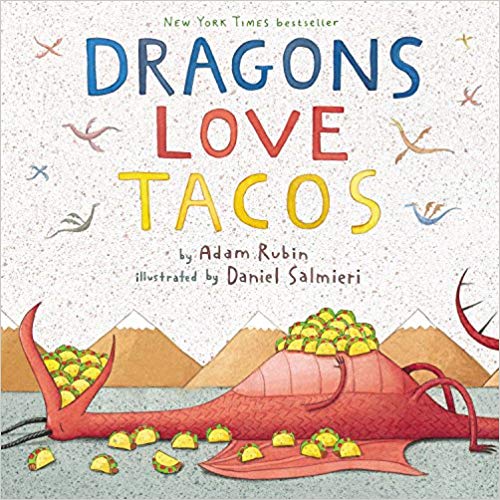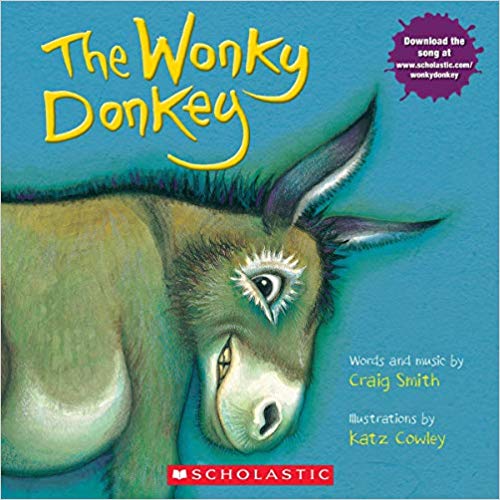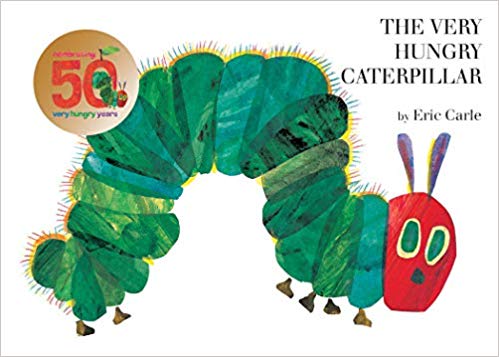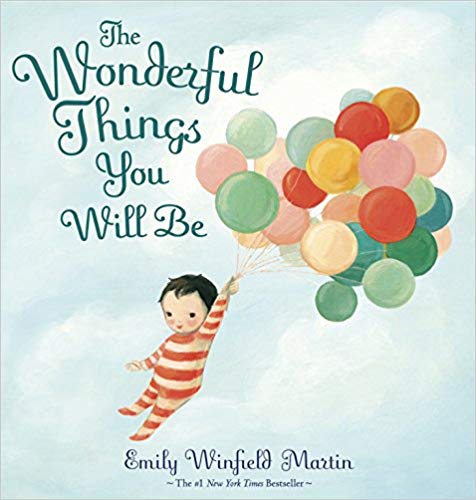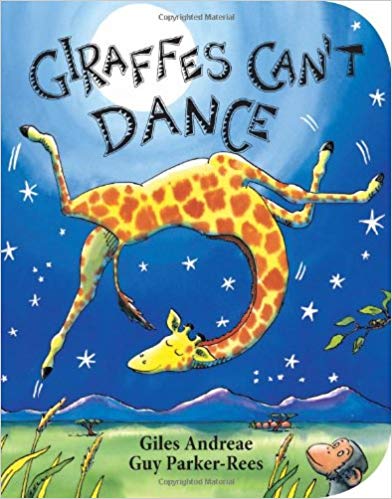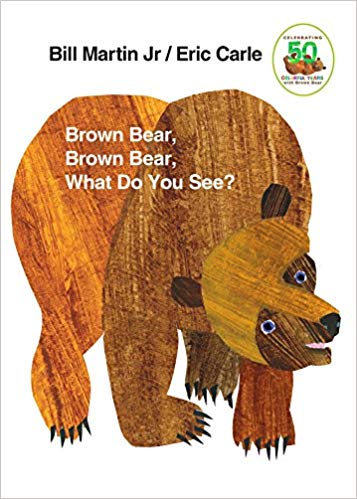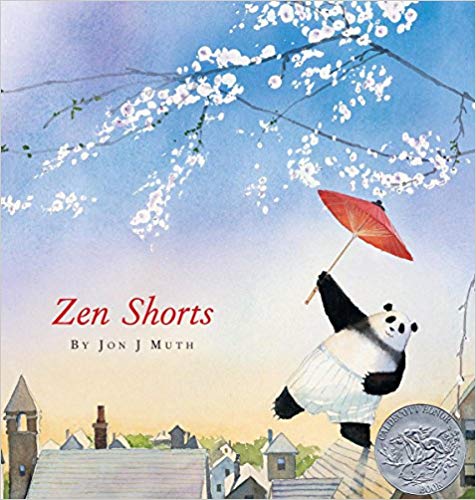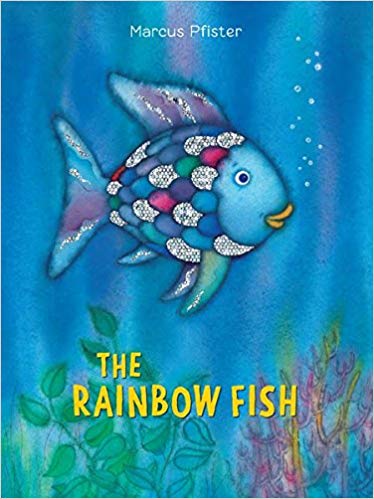Shel Silverstein The Giving Tree
Last updated: June 21, 2019
Shel Silverstein’s "The Giving Tree" is a unique tale that shares the lesson of being selfless and helping others as much as possible. The story teaches young children how to be happy when giving to others without expecting anything in return. However, it can also be seen as a story about a boy who never learns his lesson, and keeps taking from the tree without appreciating its gifts.
We looked at the top Children's Books and dug through the reviews from some of the most popular review sites. Through this analysis, we've determined the best Children's Book you should buy.
Product Details
In our analysis of 99 expert reviews, the Shel Silverstein The Giving Tree placed 1st when we looked at the top 13 products in the category. For the full ranking, see below.From The Manufacturer
To say that this particular apple tree is a “giving tree” is an understatement. In Shel Silverstein’s popular tale of few words and simple line drawings, a tree starts out as a leafy playground, shade provider, and apple bearer for a rambunctious little boy. Making the boy happy makes the tree happy, but with time it becomes more challenging for the generous tree to meet his needs. When he asks for money, she suggests that he sell her apples. When he asks for a house, she offers her branches for lumber. When the boy is old, too old and sad to play in the tree, he asks the tree for a boat. She suggests that he cut her down to a stump so he can craft a boat out of her trunk. He unthinkingly does it. At this point in the story, the double-page spread shows a pathetic solitary stump, poignantly cut down to the heart the boy once carved into the tree as a child that said “M.E. + T.” “And then the tree was happy… but not really.” When there’s nothing left of her, the boy returns again as an old man, needing a quiet place to sit and rest. The stump offers up her services, and he sits on it. “And the tree was happy.” While the message of this book is unclear (Take and take and take? Give and give and give? Complete self-sacrifice is good? Complete self-sacrifice is infinitely sad?), Silverstein has perhaps deliberately left the book open to interpretation. (All ages) –Karin Snelson
